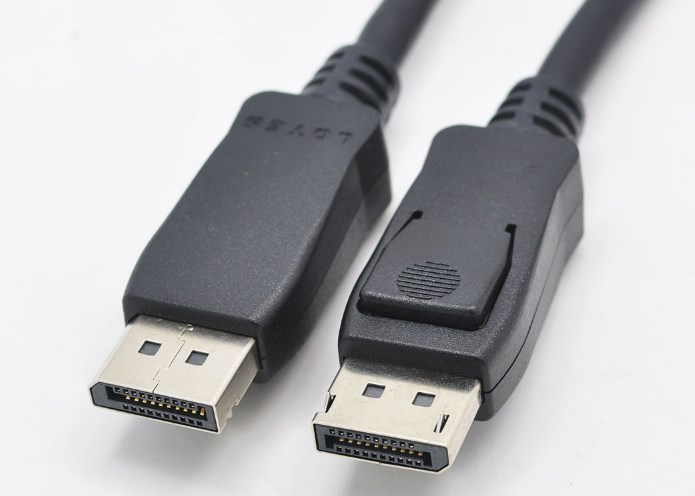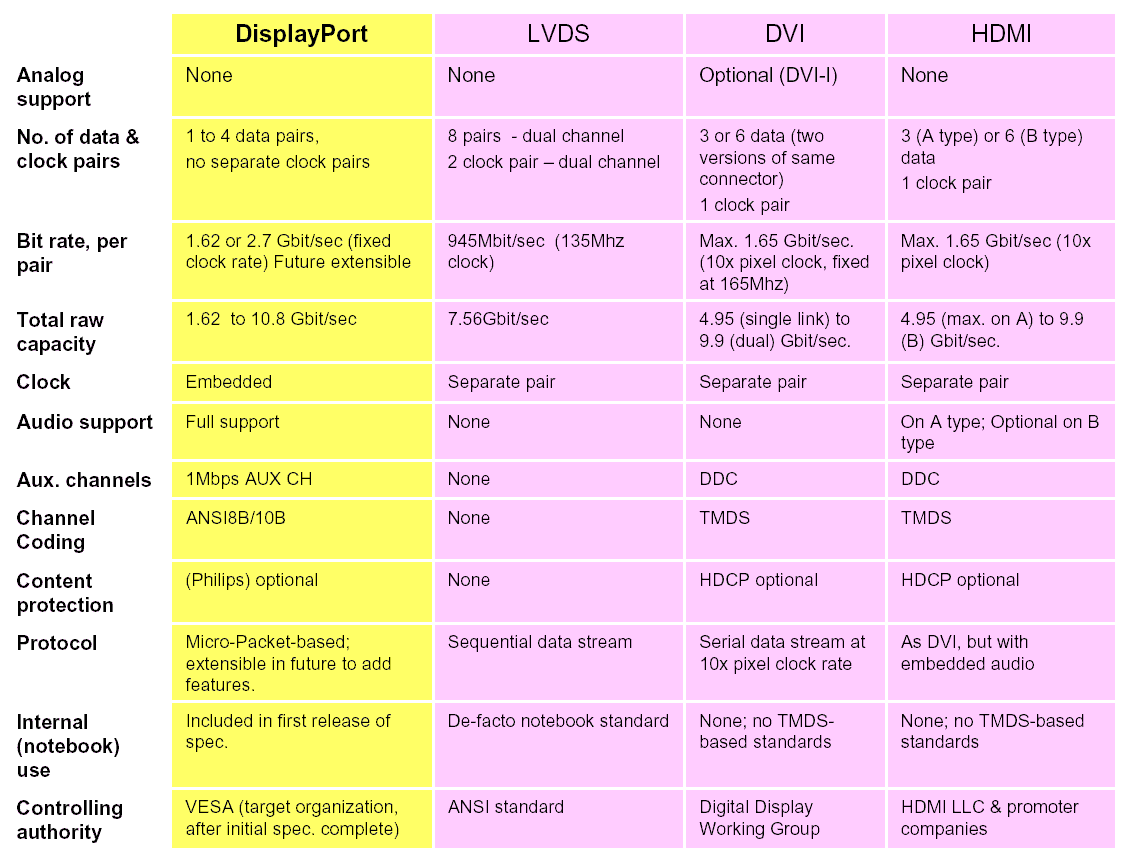DisplayPort is the same as common interfaces such as LVDS, DVI, and HDMI. They are basically interfaces used to transmit video. So what is the difference between them?
DisplayPort and DVI comparison
Mainstream integrated graphics solutions in PCs no longer integrate DVI interfaces. This is because digital display interfaces need to be compatible with sub-65nm processing technologies in order to have widespread usability in PCs.
The DVU1.0 specification has been abandoned and will no longer be updated, so its dot clock and color depth are fixed. In monitor designs using DVI, reducing the number of electronic components is also somewhat difficult. Therefore, manufacturers can only use fairly large DVI connectors. In addition, displays with resolutions larger than UXGA require dual-channel DVI implementation.
DisplayPort and HDMI comparison
HDMI is an excellent consumer electronics interface, but VESA believes that it is not the best solution for PC as a display interface. PC monitors are somewhat limited in terms of resolution and color depth (see comparison chart). Another reason is that HDMI was designed to be a premium A/V interface rather than a widely available general-purpose display interface due to prohibitive licensing fees. The HDMI specification is not intended to unify internal and external display connections; its primary focus is consumer electronics.

